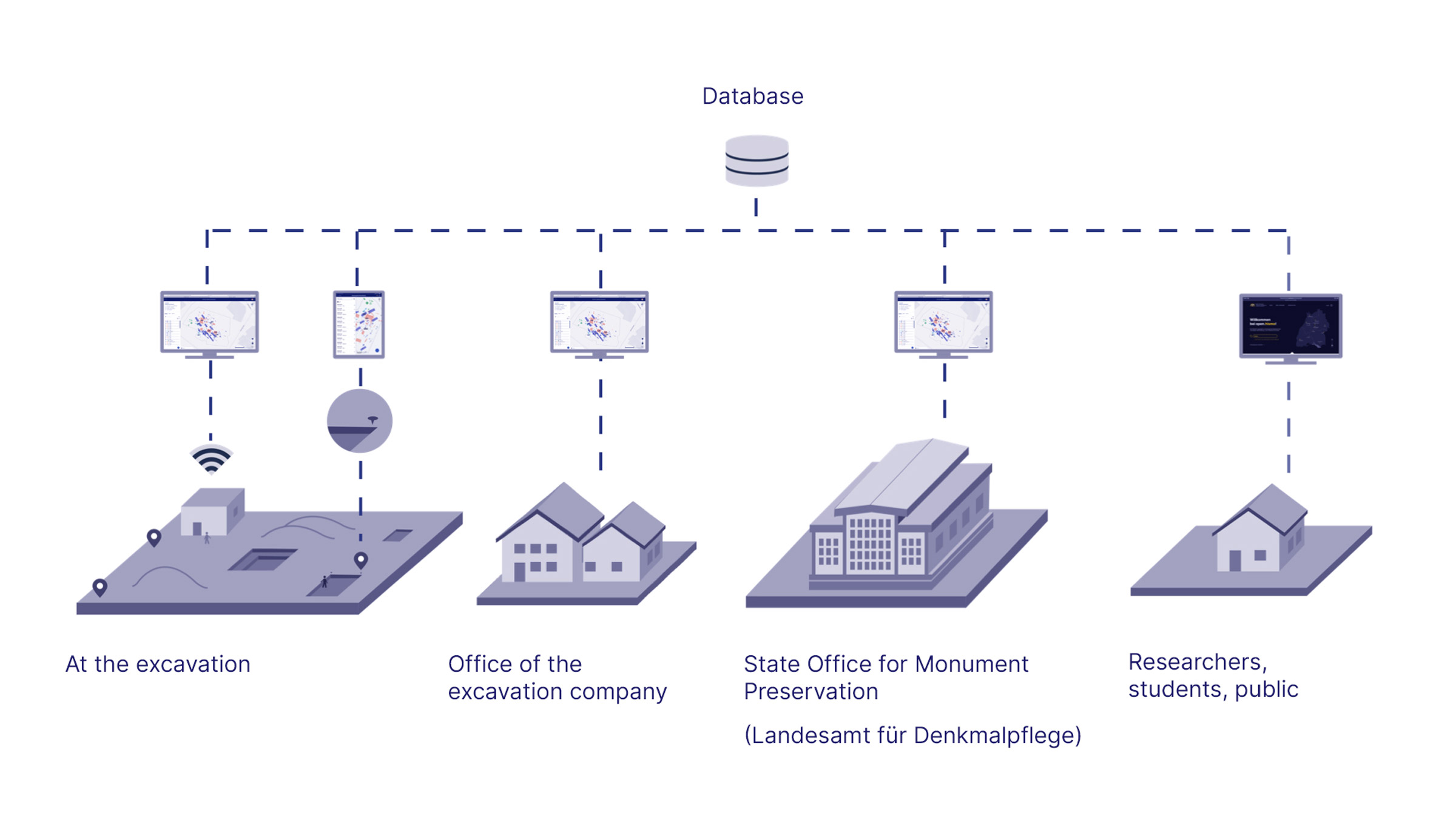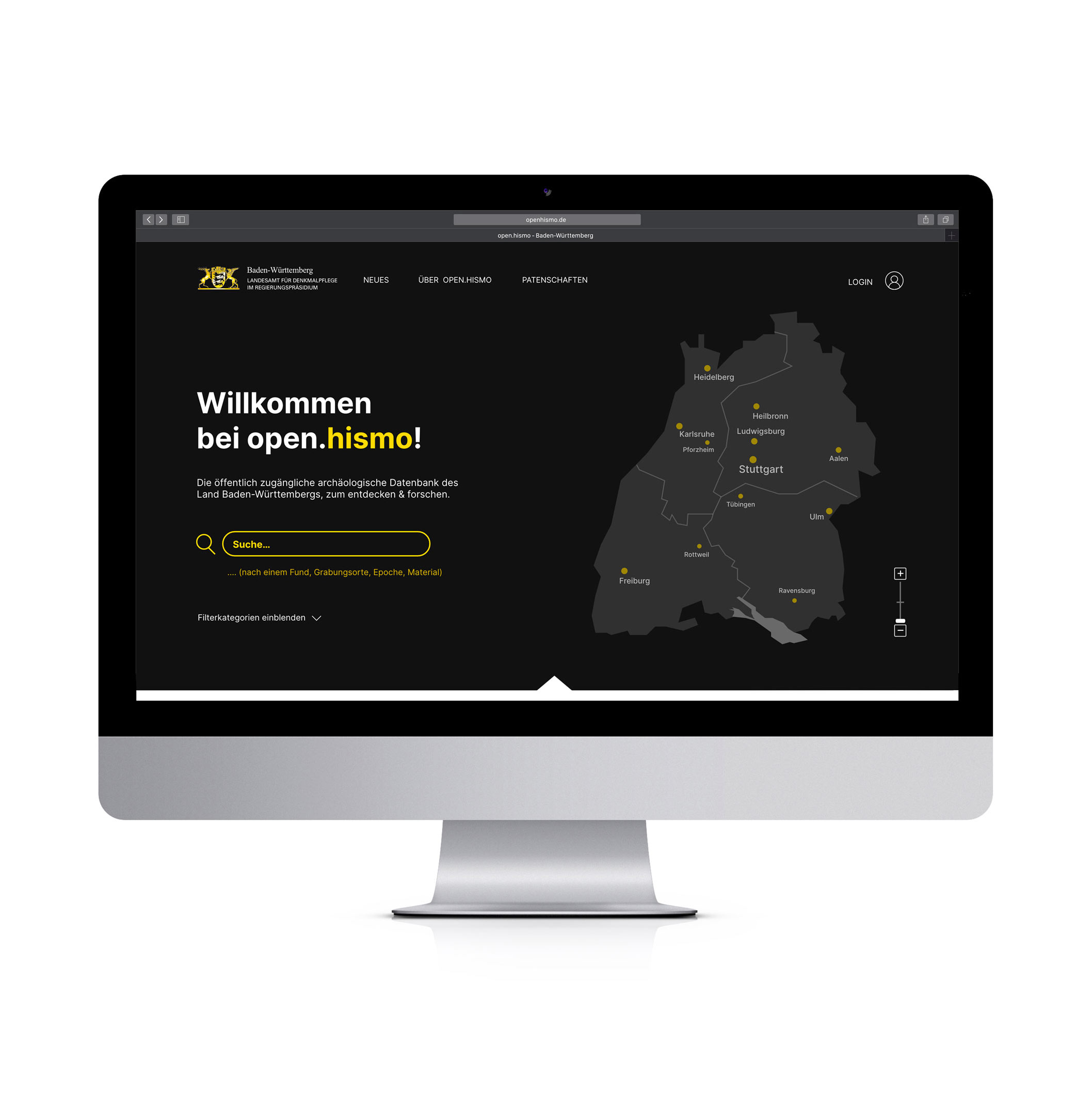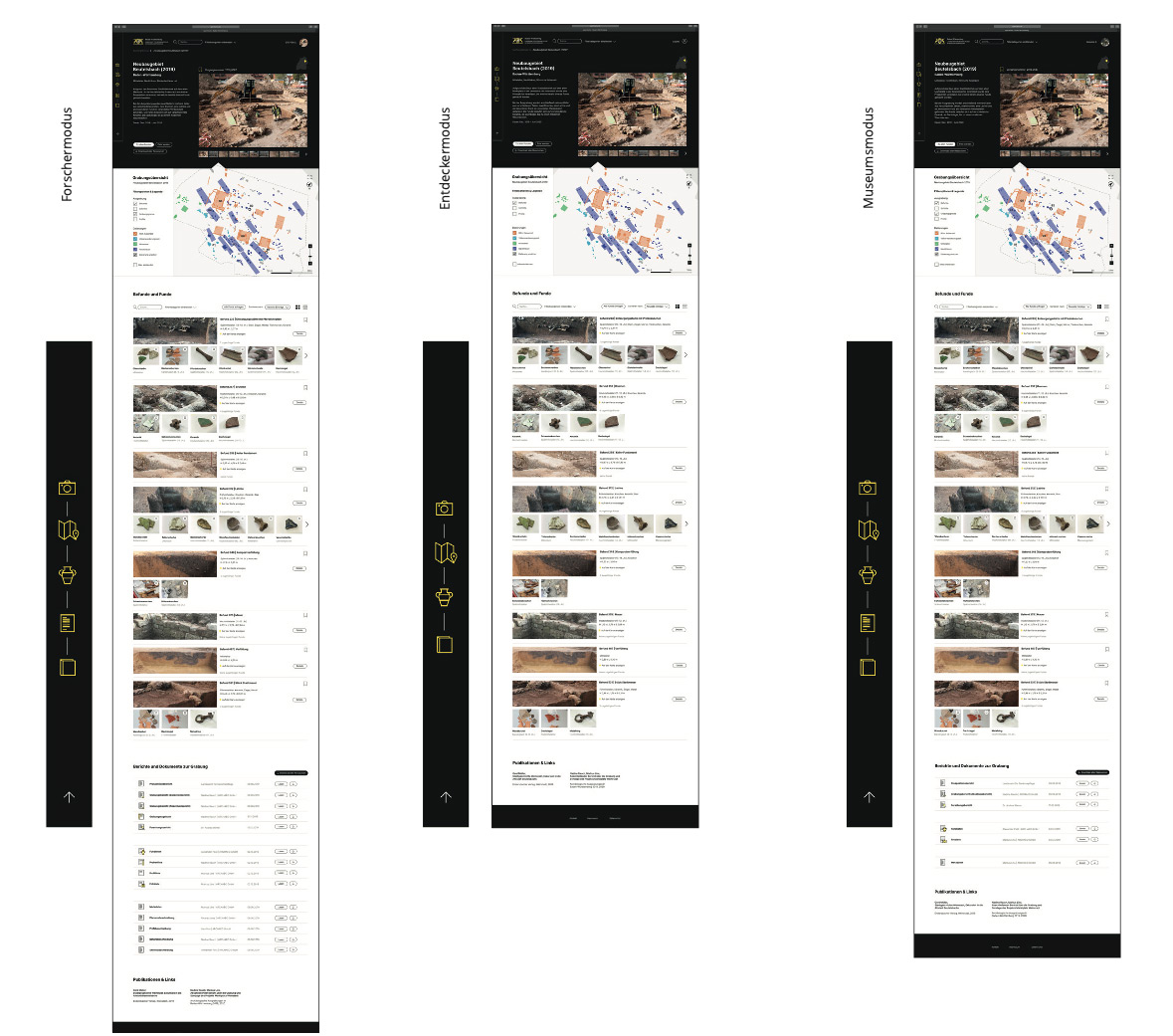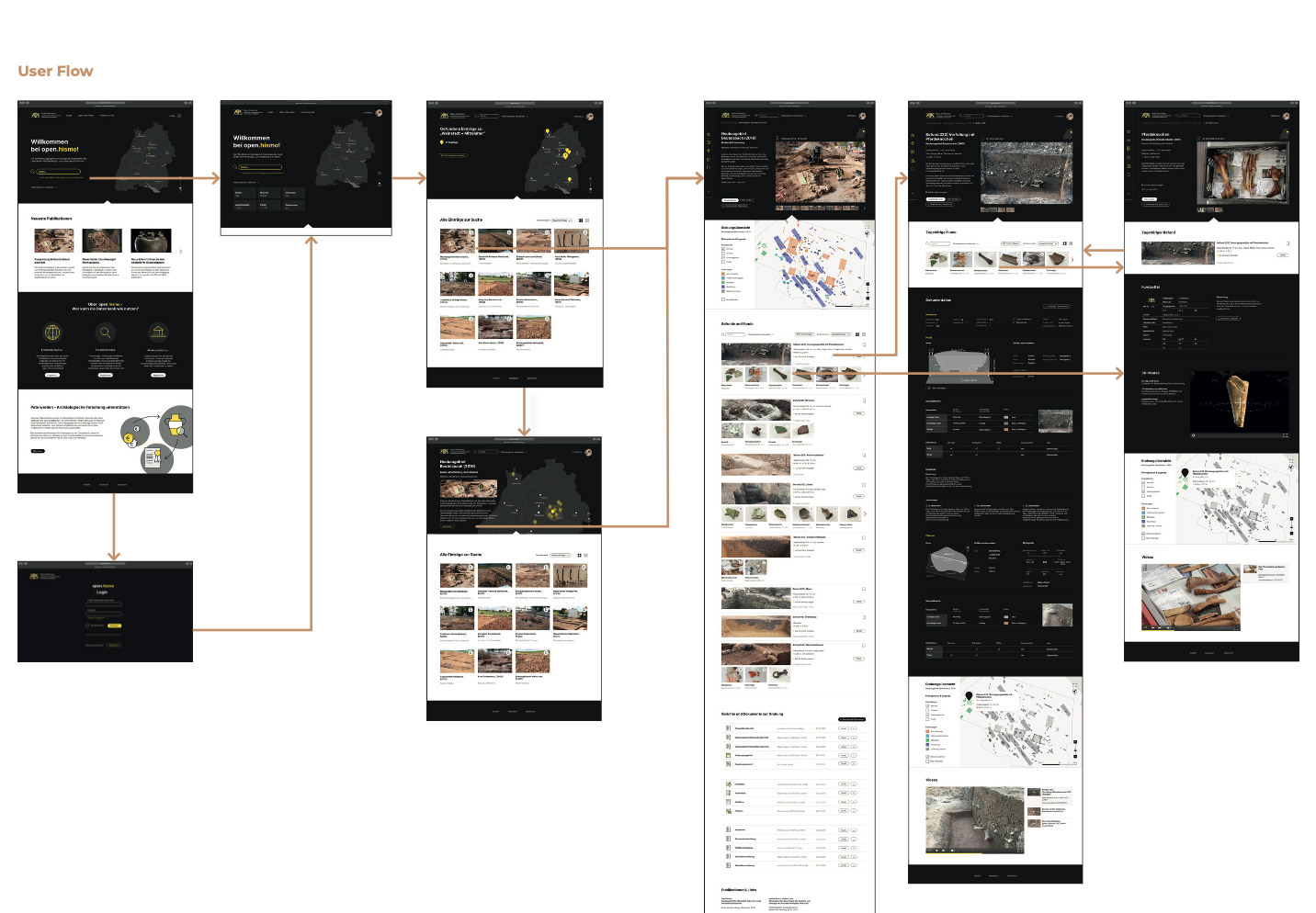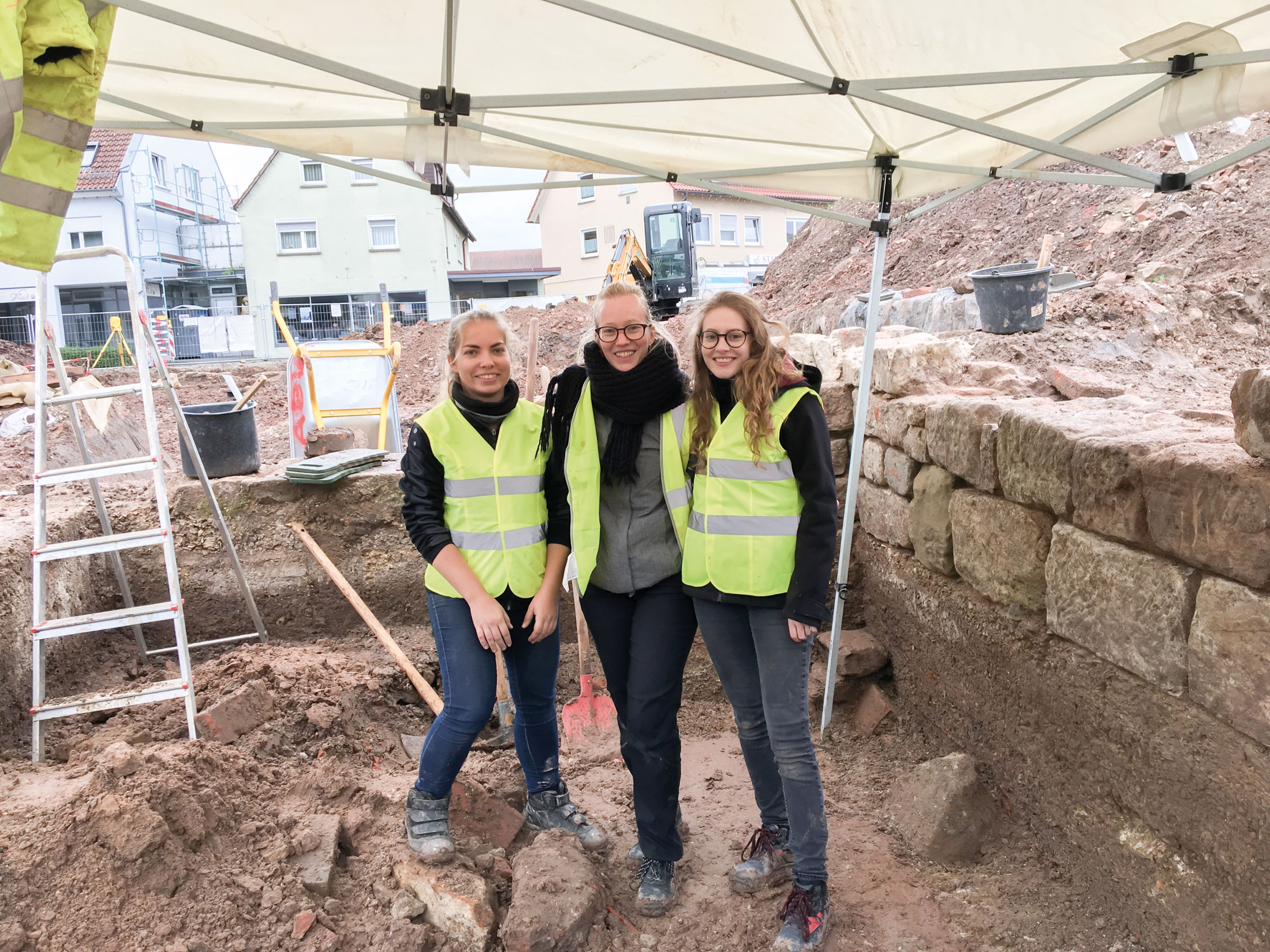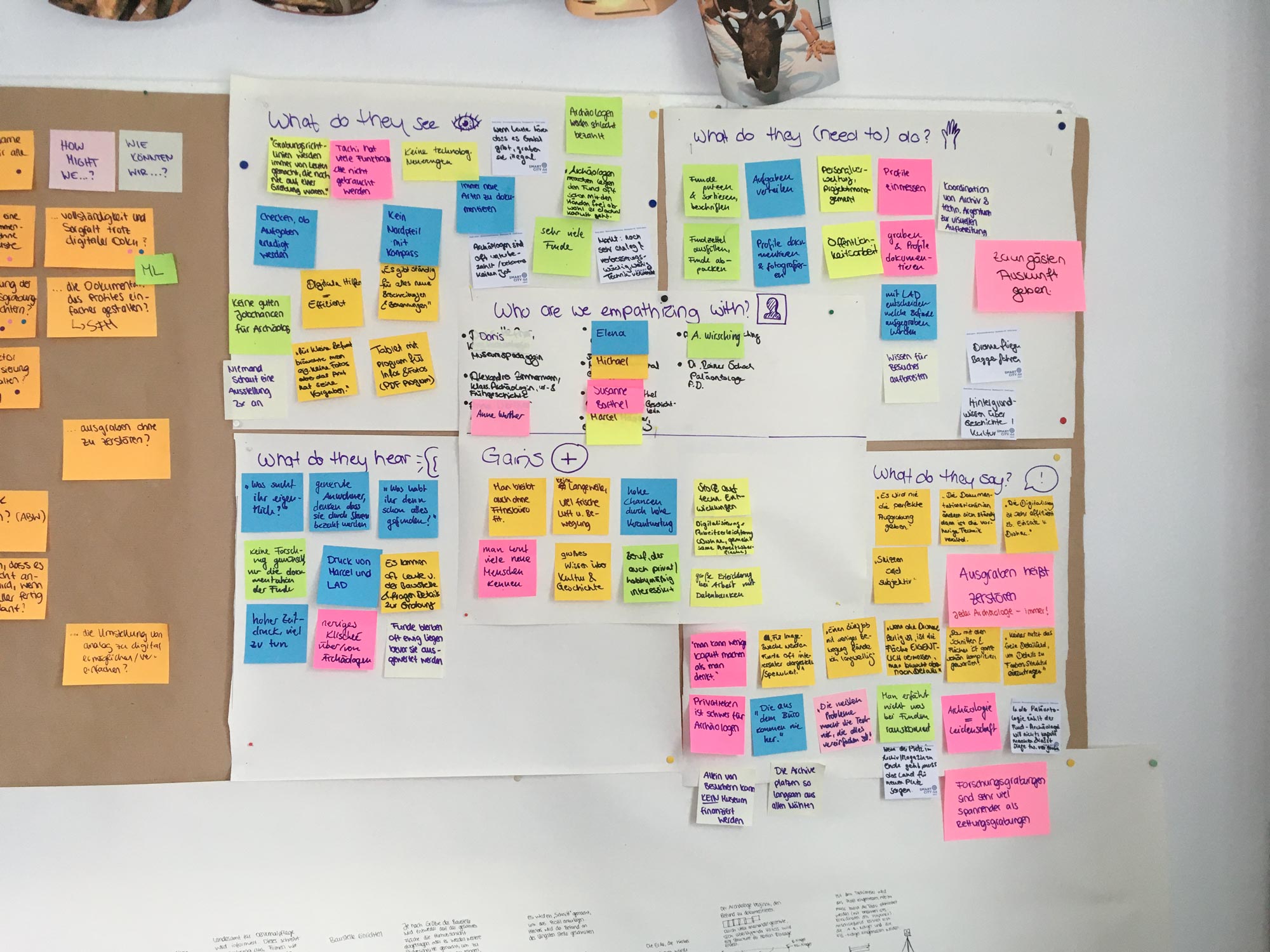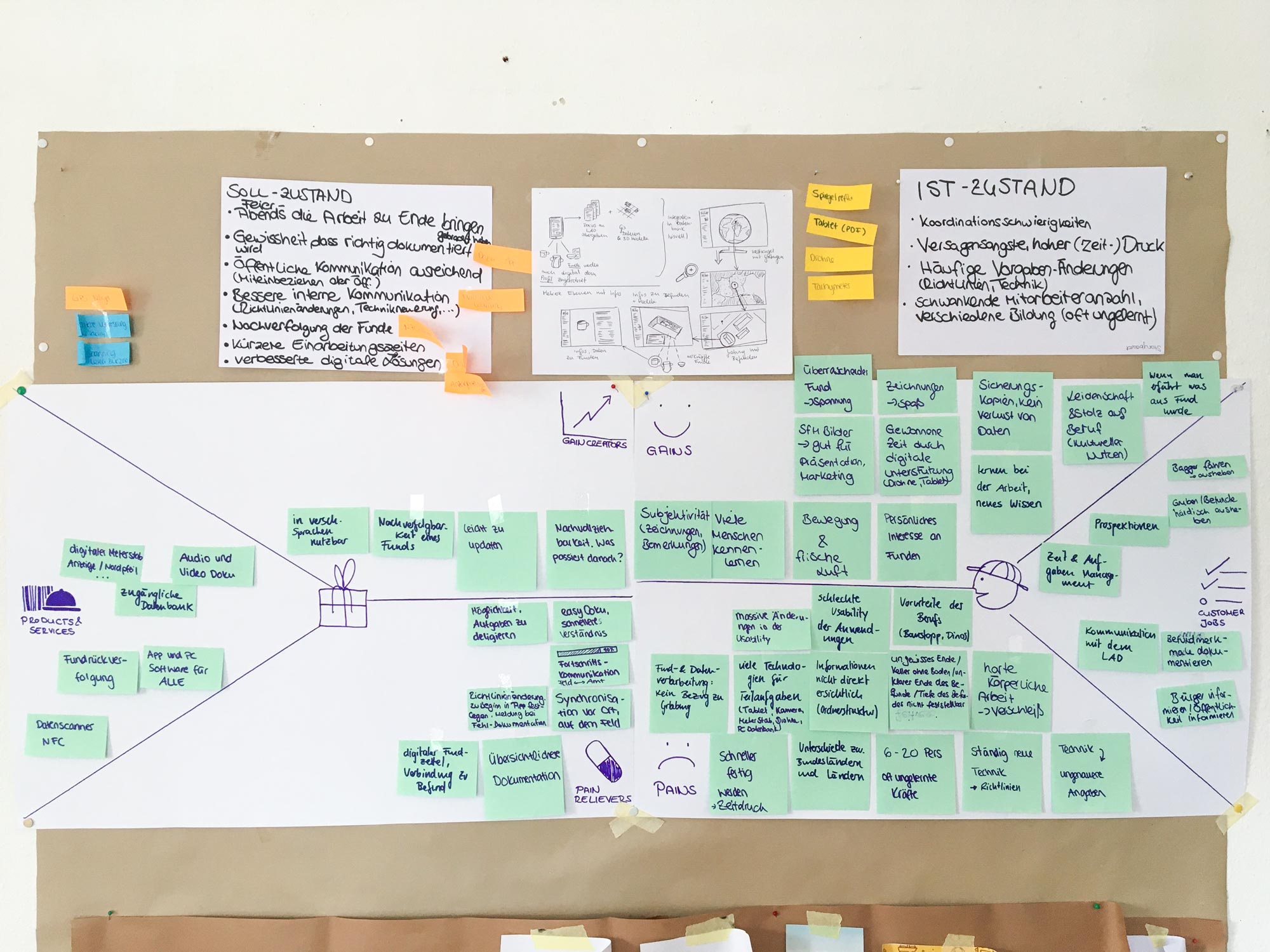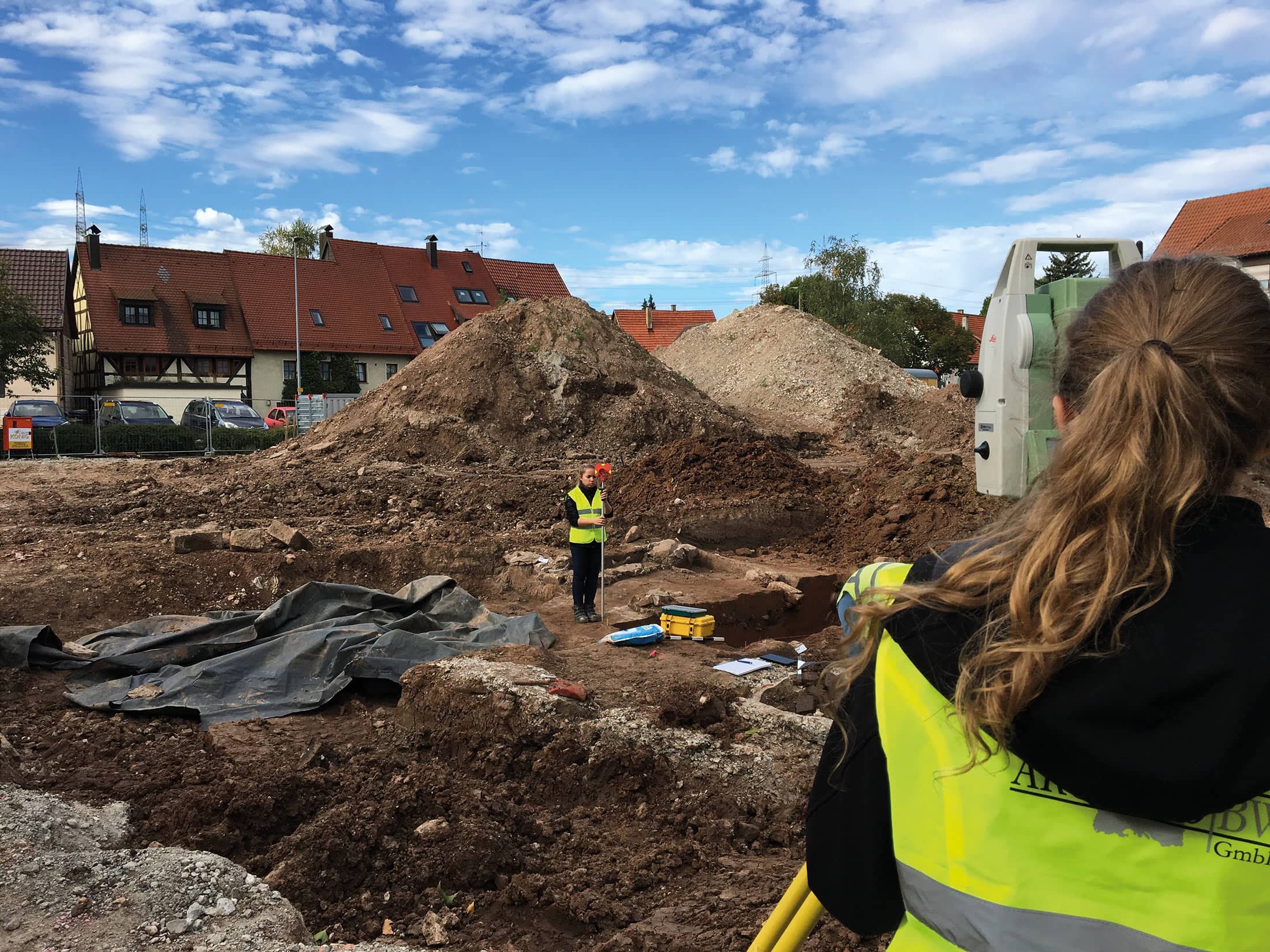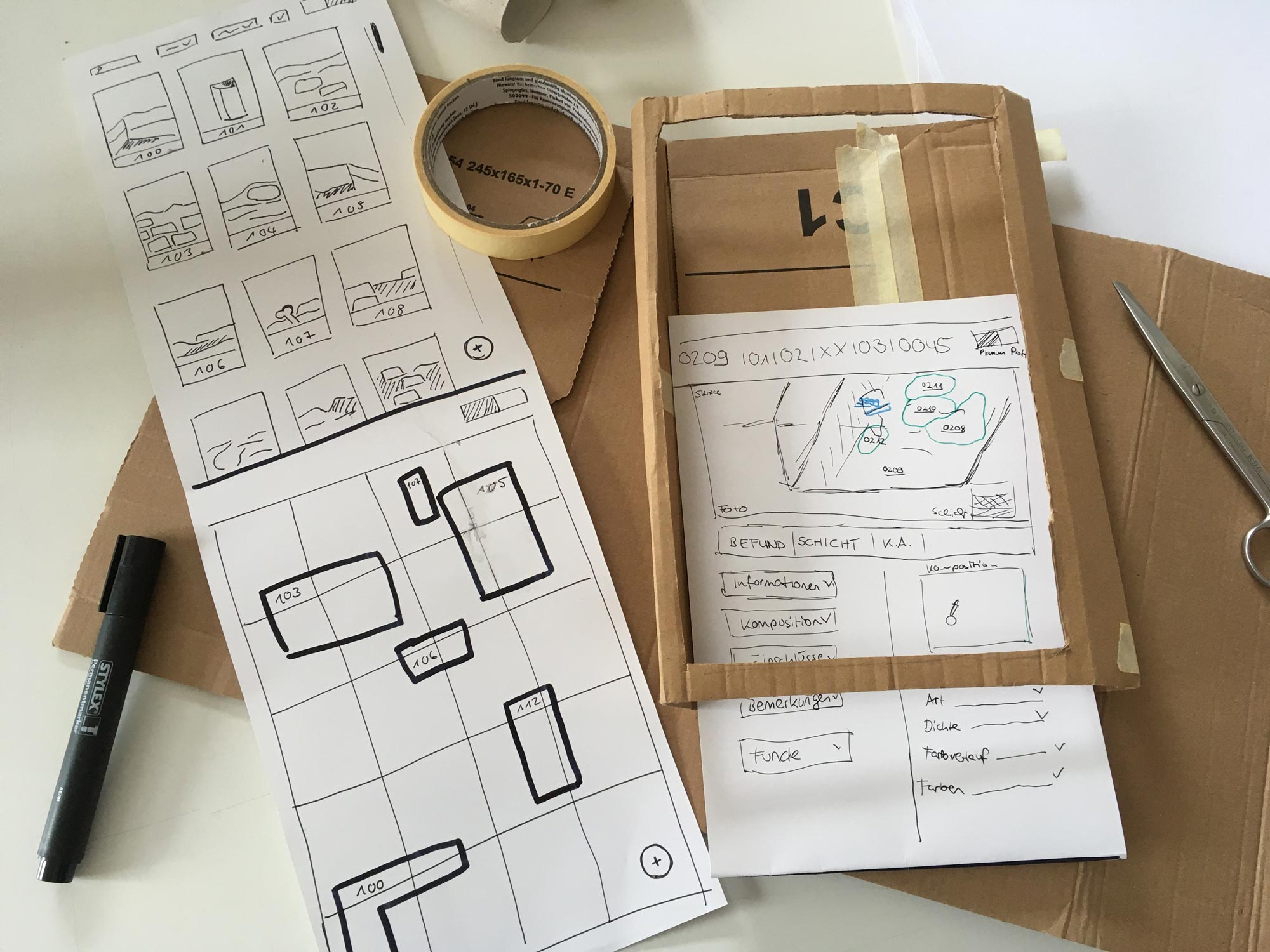hismo | Bachelor Thesis
Digital assistence in the field of archaeology
––
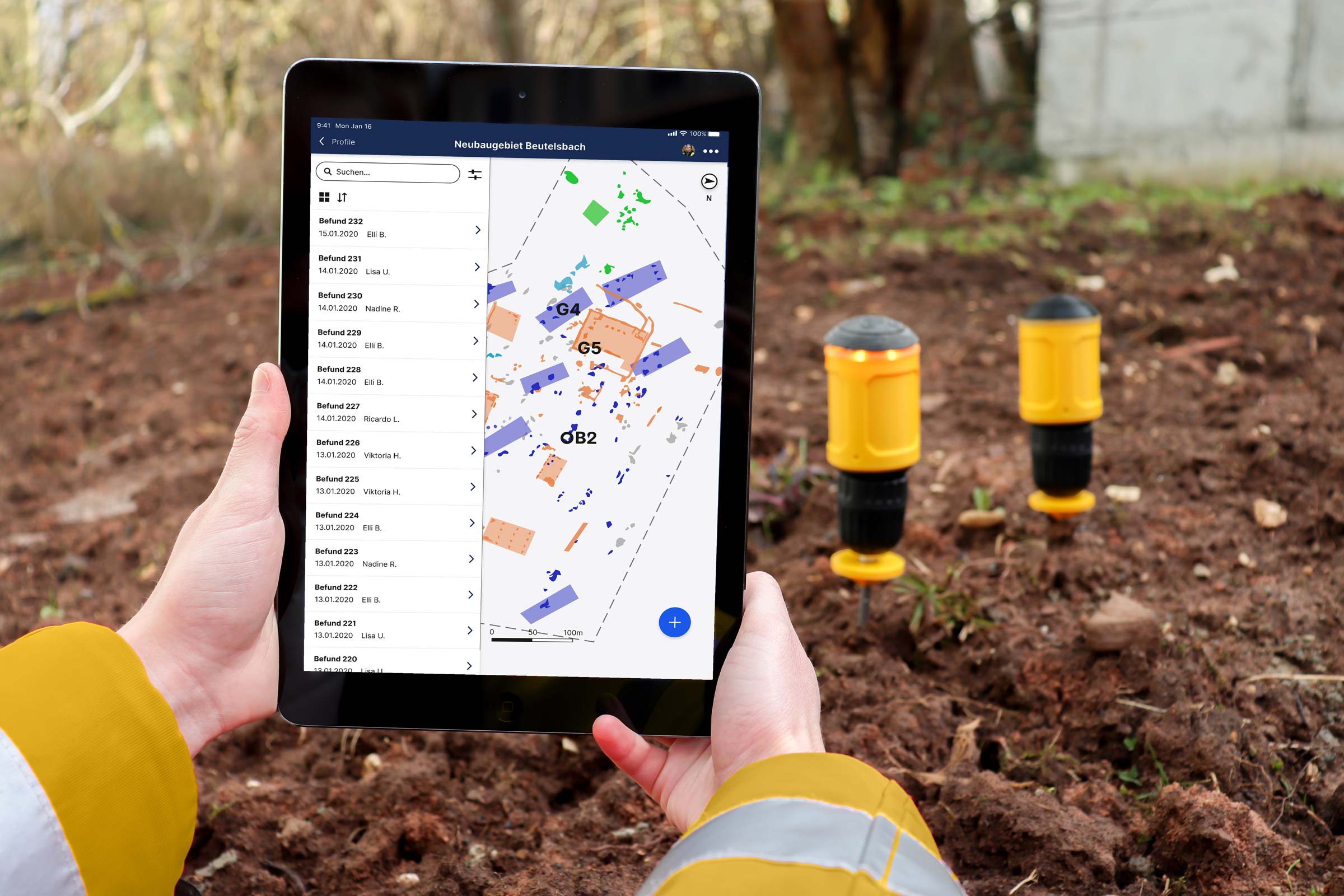
Archaeology is an area in which digitisation is already being used as a support tool in some areas. Nevertheless, enormous amounts of data accumulate daily, which are processed or passed on in many places and in many different ways. This carries the risk of data loss and an increasingly difficult overview. The digital product world of hismo simplifies the entire process of archaeological excavations, from planning the excavation to publishing the results.
Hismo supports archaeological workers in documenting on the excavation. Smart measurement nails allow findings to be recorded more quickly and data to be transferred. A common database makes it easier for other authorized instances to access the data. In order to better inform the public about the excavations, data is made available on the open.hismo platform.

Background
Archaeological excavations occur more often than one might think. In the case of a building project, an examination of the necessity of a so-called rescue excavation is carried out by the State Office for Monument Preservation. Here it is checked whether possible archaeological finds, i.e. monuments could be hidden under the ground. These can be of cultural value and provide information about the history of a place, building or the way of life of the people at that time. In case of a necessary excavation, an excavation company must be commissioned by the investor.
„Digging also always means destroying“ is a statement often made by archaeologists, which underlines the associated problems but also the importance of documentation. The excavation team is under very high time pressure during a rescue excavation.
All finds and building remains must be carefully documented and measured. These are possibly destroyed with the excavation and the monument is thus lost forever. As soon as the finds are torn out of their context and the exact state of discovery, important information is lost without complete documentation. Scientific research can no longer be carried out accurately.
One Concept For All
Various parties are involved in this complex excavation process and are in constant exchange. Currently, PDFs are still often used and the extra digitised files are then passed on between the parties via USB, SD card and hard drive. The „hismo“ application is now being used for this purpose, enabling joint work by excavation companies, the State Office for Monument Preservation and all other relevant institutions.
